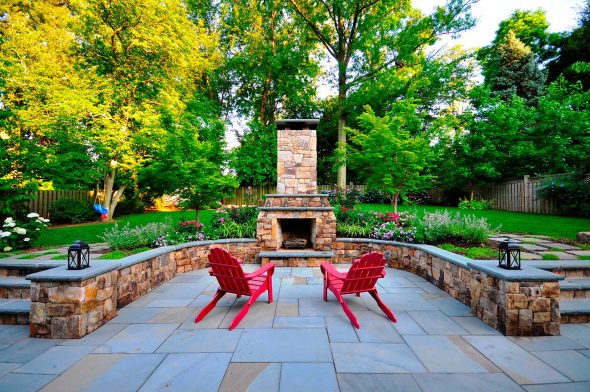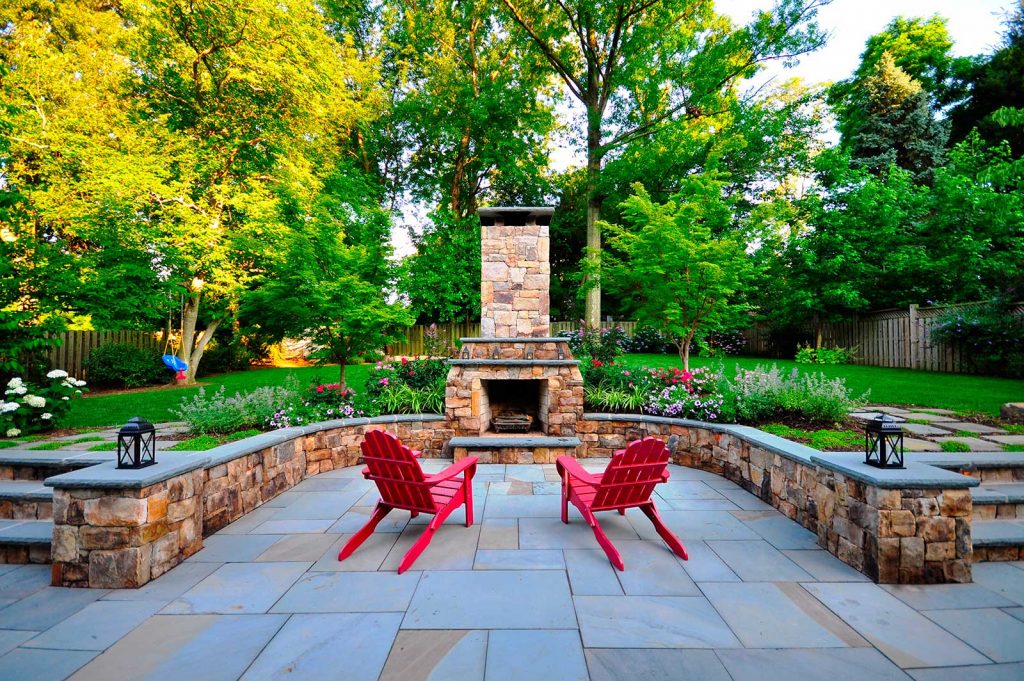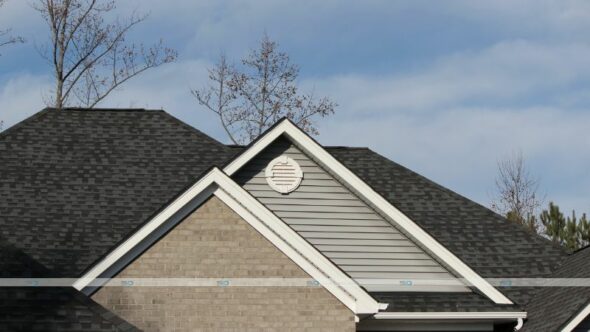Your footing is only secure as the ground you stand on. However, the cold, unwavering appearance of asphalt is not appealing to everyone. According to charlotte paving company this is why it is important to choose your pathway materials carefully. The paths leading to your patio should be aesthetically pleasing as well as functional, and with this, an expert Concrete Patio Contractor will be needed for the job.
There are a number of natural looking options for granite pathways. Each option offers an aesthetically pleasing and affordable alternative to the more traditional pavers, asphalt, concrete or hardscape materials. So you must consider which type of material you like most before starting this project. You must also consult first a sealcoating or asphalt contractor if asphalt paving will look best for your parking lot paving project as well as for your asphalt maintenance.
According to an asphalt paving contractor, there are three options you can choose from for any pathway, which are discussed here in more detail.
Standard Pathway Mix
Decomposed granite, commonly referred to as DG, occurs naturally and is created through a process of compression that spans millions of years. As a result, the granite is broken down into a mixture of gravel and sand. When you browse the selection in this option you will find there are more than 40 different colors to choose from, including both quarry rock and other recycled materials. This means that you can receive the same type of product that you would find with the naturally occurring DG.
Both options – the naturally occurring one and the manmade option, are organic and therefore completely environmentally safe. The mixture compacts well, which will create a firmer surface than traditional gravel options, while still allowing water to go through the surface. The standard pathways option is ideal for any lower traffic area, such as garden trains, bike trains, dog runs, nature paths, residential driveways and low traffic walkways. There’s also a Small Load Ready Mix Concrete that you can use for your pathway. When you’ve made your decision, concrete pouring will start. You may want to speak with your patio installers to determine the right option.
Stabilized Pathway Mix
This option includes decomposed granite Denver, or other crushed stone screenings that have been blended with some type of stabilized binder. This will bind and lock the pathway mix in order to provide a permeable, durable and completely natural surface. Due to the nature of the stabilized surface, they are able to resist the erosive effects of traffic and water, compared to the more traditional gravel materials. This option still offers a natural look that is much less obtrusive than asphalt or concrete and it blends well into natural settings. This is why this option is often used for trails, golf course paths, greenways, nature paths, green roofs botanical gardens or any other environment where a much more organic feel is wanted.

Wax Polymer Pathway
This features a combination of recycled materials, decomposed granite and crushed stone with an added engineered polymer. The process used to create this option is completely waterless and offers a popular paving alternative. Also, this option offers the added benefit of being a completely non-permeable, sealed and dustless natural surface for plazas, driveways, patios and pathways. The unique process provides for a much larger amount of creativity in terms of design applications and offers solutions for projects that are heavily traveled.
If you have more questions about the type of pathway material to use, feel free to contact the staff from growlandscapes.com.







